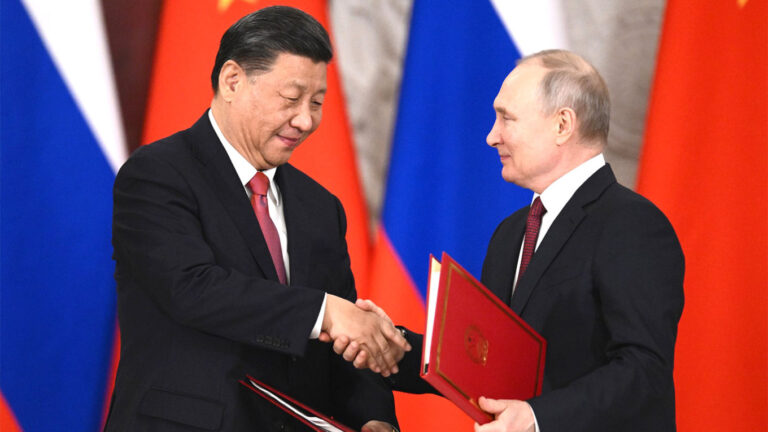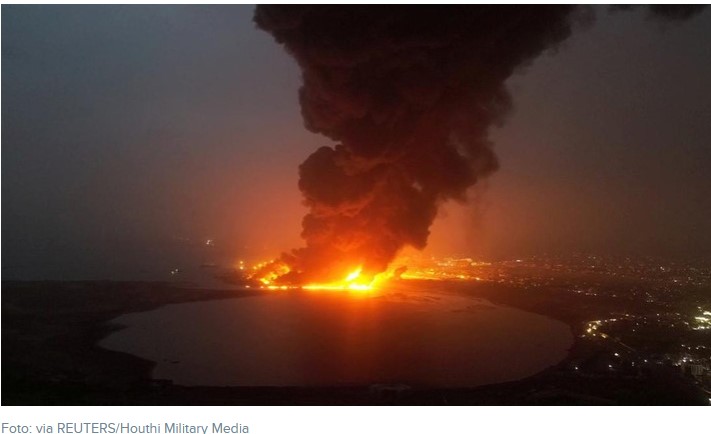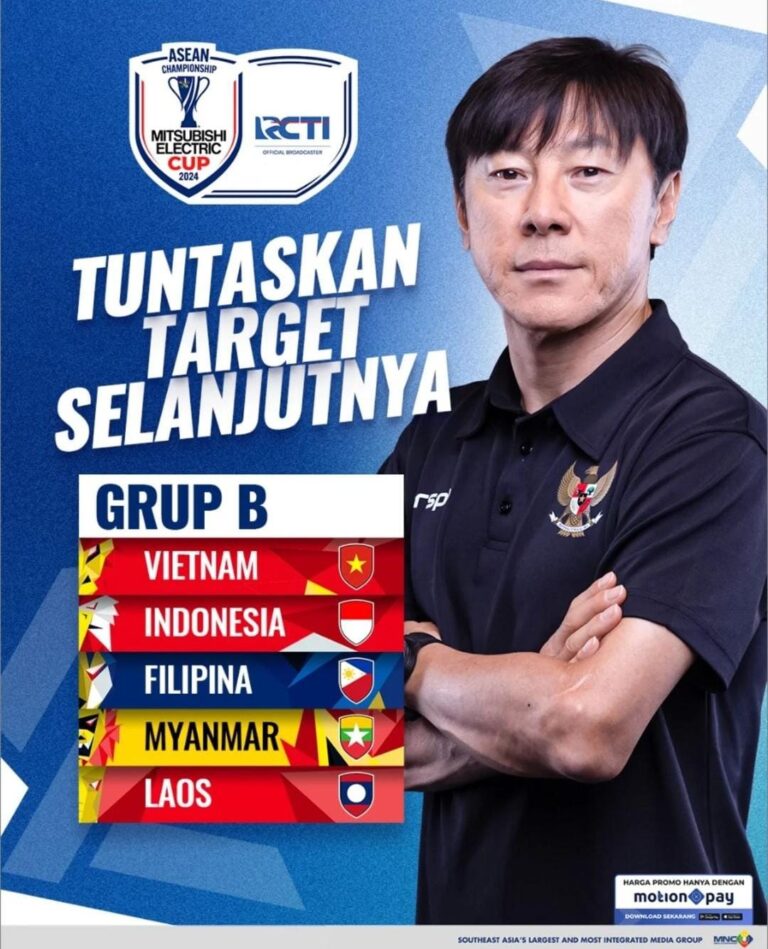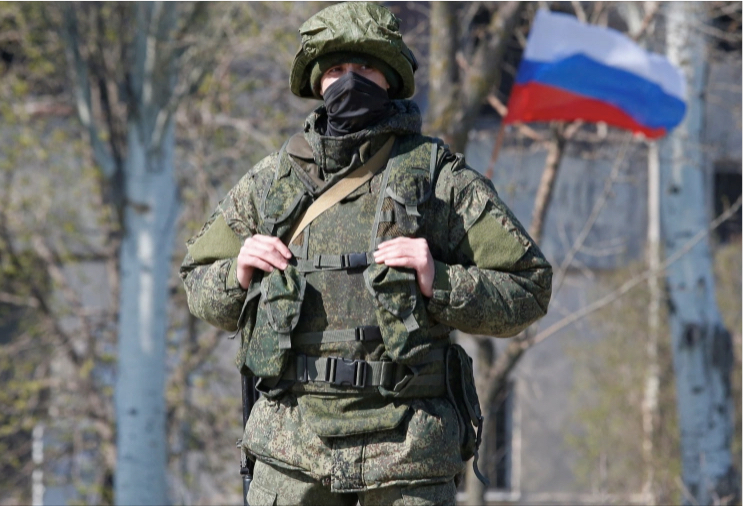
STRATEGIC ASSESSMENT. A little-known far-right extremist group seems to be gaining traction within Russia as the country prepares for a protracted conflict with Ukraine. The White Power Ranger Squad (WPRS) is based in Russia, but its fighters have reportedly participated in a number of battles across Ukraine since the invasion, including the battle for Mariupol and the storming of the Azovstal complexes. WPRS appears to be actively engaged in the conflict, with photos of their fighters at the frontline posted as recently as February 13 on the popular Russian social media site VKontakte (VK). In late January, WPRS released a photo of its personnel near Oleksandrivka in Ukraine’s Mykolaiv Oblast. Its forces also seem to have suffered casualties because of their participation in the fighting, as evidenced by a commemorative post featuring various battlefield photos. The WPRS, which seems to espouse a right-wing political orientation, strongly supports Russia’s efforts to conquer the Donetsk People’s Republic and Luhansk People’s Republic, two separatist areas which attempted to break off from Ukraine in 2014, and the “liberating” of Novorossiya, a stretch of land running from eastern Ukraine down to the coast of Odessa. Similar to Task Force Rusich, the group incorporates the black, yellow, and white Russian imperial flag in its media productions.
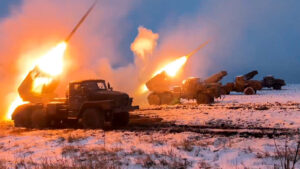
Though virtually unknown in the West, WPRS appears highly regarded amongst Russian far right and nationalist military circles. The group recruits and trains inside Russia, and its membership is a combination of a survivalist, reconnaissance, tactical, and weapons enthusiast network. WPRS imagery showcases the tactical skills of its group, as members operate at night and in various types of terrain such as forests, swamps, and mountains; practice using drones, snowmobiles, and other vehicles; and conduct mock raids on buses and buildings as well as exercises in smoke-filled tunnels using gas masks. The group emphasizes the importance of “partisan education,” physical fitness, willpower, practice in the field, and team cohesion.
It is unclear at this time if WPRS operates as a cohesive, standalone force in Ukraine or if its members have joined and are scattered throughout the Russian military, in which case they may simply be carrying the flag their organization back home while being otherwise integrated into the armed forces. In late January 2023, WPRS forces posed for a photo near Oleksandrivka in Ukraine’s Mykolaiv Oblast wearing Nazi SS symbols. The group’s logo is a pine tree, which in this context suggests an eco-fascist element to the organization. On VK, WPRS has also featured photos of members wearing Totenkopf (a skull-and-crossbones associated with the SS) and Kolovrat (a swastika symbol) patches. Their propaganda features other symbols often associated with far-right movements like the Celtic cross, Mjölnir (the hammer of the Nordic god Thor), the Tiwaz rune, M8L8TH (a national socialist band), and the U.S. Confederate flag. On social media platforms, the group posts memes and images with the Black Sun (Sonnenrad) and shares content from the Kremlin-linked private military company known as the Wagner Group, as well as from Task Force Rusich. WPRS is viewed as part of a broader ideological ecosystem of armed groups. There is currently no discernible evidence that WPRS is operationally connected to other hard-right armed groups. However, its supporters promote the ideology and history of Russian National Unity and praise the battlefield actions of Rusich and the Russian Imperialist Movement in the Donbas.
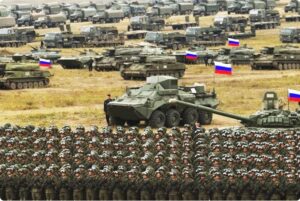
In Russia, WPRS’s members have been seen training with a variety of customized weapons and wearing thermals, indicating access to high quality weapons and equipment, often of Russian military grade. Its fighters have been pictured wearing patches promoting the Russian arms manufacturer Lobaev Arms, perhaps best known for its sniper rifles, on multiple occasions. As a result of weapons manufacturer’s fundraising on behalf of Russian soldiers fighting in Ukraine, a cryptocurrency wallet belonging to Vladislav Lobaev was frozen by the Binance exchange, and the Security Service of Ukraine said it “blocked a crypto wallet belonging to a Russian citizen who is sponsoring Russian war in Ukraine.” Russia’s TASS state-owned news agency reported that Lobaev Arms has also funded the creation of an “anti-sniper unit” in Crimea. As the war has gone on, WPRS has expanded its following, and today appears highly regarded amongst online pro-Russia ultra-right circles, particularly on Telegram and VK. WPRS pages and channels post content from other far-right elements that have fought on behalf of Russia since the 2022 invasion, and display an intense interest in the history of the broader conflict dating back to 2014. They recently posted photos from 2014 of Russian Imperial Movement volunteers fighting alongside pro-Russian separatists, and post frequently about TF Rusich and the neo-Nazi Russian National Unity paramilitary group. Groups of various ideological hues of Russian nationalism and Eurasianism have often exalted WPRS. With no end to the conflict in Ukraine anticipated in the near-term, this trend is likely to continue, even as WPRS is not deemed to pose a significant threat beyond the battlefield of Ukraine, although this could change over time (TSC)



